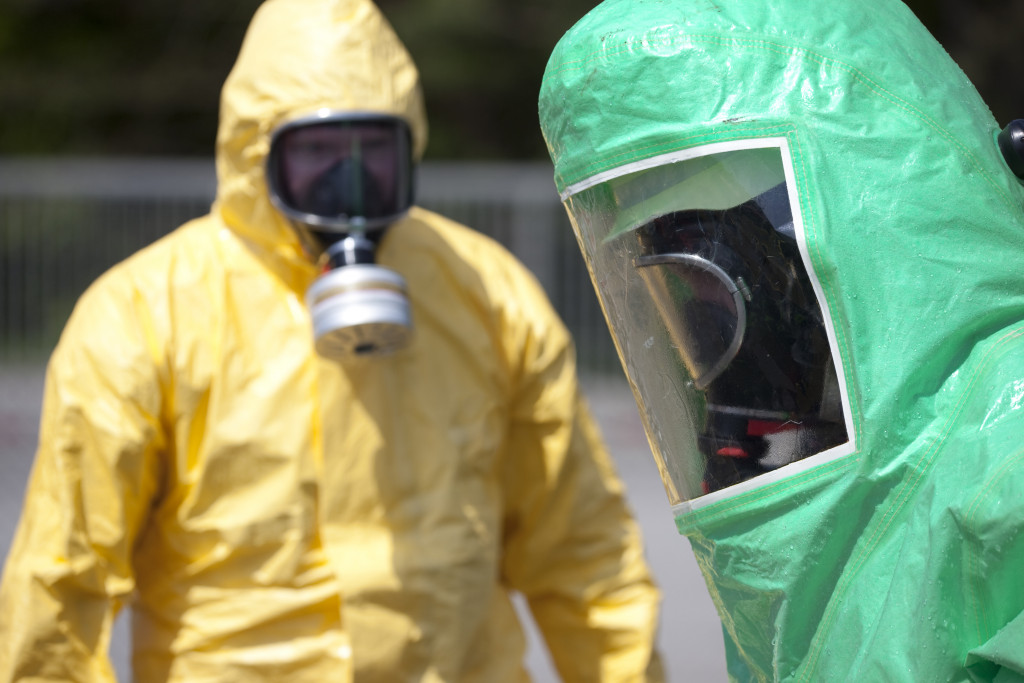When you think of the COVID-19 pandemic, “under control” is probably the last thing that’ll come to mind. But this pandemic would’ve been worse without the technology we have today. If that was the case, it would be like the 1918 Spanish Influenza pandemic all over again.
Sure, the world’s response against COVID-19 could be better. But at least, our chances of recovering are high if we get infected. Whether we are quarantined at home or get confined in a hospital, we have better healthcare resources now. Our hygiene and sanitation methods have vastly improved as well. The only reason we won’t recover is we don’t follow health protocols at all, or we suffer from an underlying health condition. Socioeconomic class may play a role as well.
But we’re in a much better state now compared to 102 years ago. The pandemic today didn’t cause mass panic and hysteria. The most panicked we felt was just before the lockdowns, when we hoarded groceries and medical supplies. But other than that, we managed to get by, and we adapted to the change to the best of our abilities.
All of that is due to technology, besides our individual willpower, of course. But thanks to technology, every country was able to curb the effects of the pandemic, and businesses were able to maintain their operations.
Fast-Spreading Information Alerted the World About a New Virus Fast
Before COVID-19 officially broke the news, information regarding the disease was spread on social media. It told of a patient suffering from SARS-like symptoms, and the possibility of their illness becoming contagious. Though this information wasn’t verified right away, it gave people a warning. Most of us remember the SARS-CoV-1 pandemic of 2003. As such, we anticipated what would happen in case another pandemic occurs.
Travel Bans were Made Easier
When an unknown illness first appears, health officials all over the world collate information and create a response plan. That plan involves recommending a worldwide travel ban. And Artificial Intelligence (AI) made executing it easier. AI algorithms helped mine through high volumes of foreign-language news reports, study data, and official statements. AI could also sift through travel itinerary information and flight paths in a blink of an eye. We saw it from how Hong Kong, Macau, and Taiwan immediately imposed travel bans when Wuhan announced the virus’ existence in December 2019.

Quarantine Protocols were Streamlined
This isn’t the first time we’ve quarantined sick people before letting them into an establishment or country. We’ve been filling out Health Declaration forms in airports since the previous pandemic and epidemics. If we wrote down that we’re experiencing some symptoms, we’re immediately isolated and quarantined for at least 14 days.
In commercial or public establishments, we don’t normally fill out forms, but our temperatures are always checked first. A person would use a thermal gun scanner on us to see if we have a fever. Sometimes, an innovative infrared camera system will also be used to reinforce the health checks. Also known as a thermal camera, an infrared camera uses thermal imaging technology to see the heat radiating off a person. The higher someone’s temperature is, the more infrared radiation they produce. This indicates that they might be sick, and thus should be put on quarantine.
Without temperature scanners and thermal cameras, we wouldn’t be able to streamline quarantine protocols. We’d be forced to check temperatures manually, affecting social distancing protocols and taking up valuable time.
5G Helped Save Lives
5G, or 5th generation wireless technology, dramatically sped up remote communications. It had the potential to bring up the most competent healthcare workers to the frontlines without risking them to exposure. It also allowed people from rural areas to access internet-connected healthcare services, like telehealth. Telehealth can diagnose diseases remotely, freeing up spaces in hospitals and clinics.
Real-time Data Traced the Virus’ Source
For the longest time, we believed that the COVID-19 virus originated in Wuhan, China. But two new studies suggested that it came from somewhere else. The researchers discovered SARS-Cov-2 in cave bats in North Laos. North Laos is close to the Southwest China border, possibly explaining how the virus first affected a person from Wuhan.
More studies are being conducted to trace the actual origin of the virus. But as of now, we’ve got promising findings, which can help disease experts finally eradicate this pandemic.
We still have a long way to go before going back to normal. But so far, technology has served us well, not only health-wise but financially as well. Thanks to the internet, businesses adapted an online model, allowing many workers to keep their jobs. Some people also started online businesses. If COVID-19 happened during a less advanced era, we would’ve progressed poorly.
